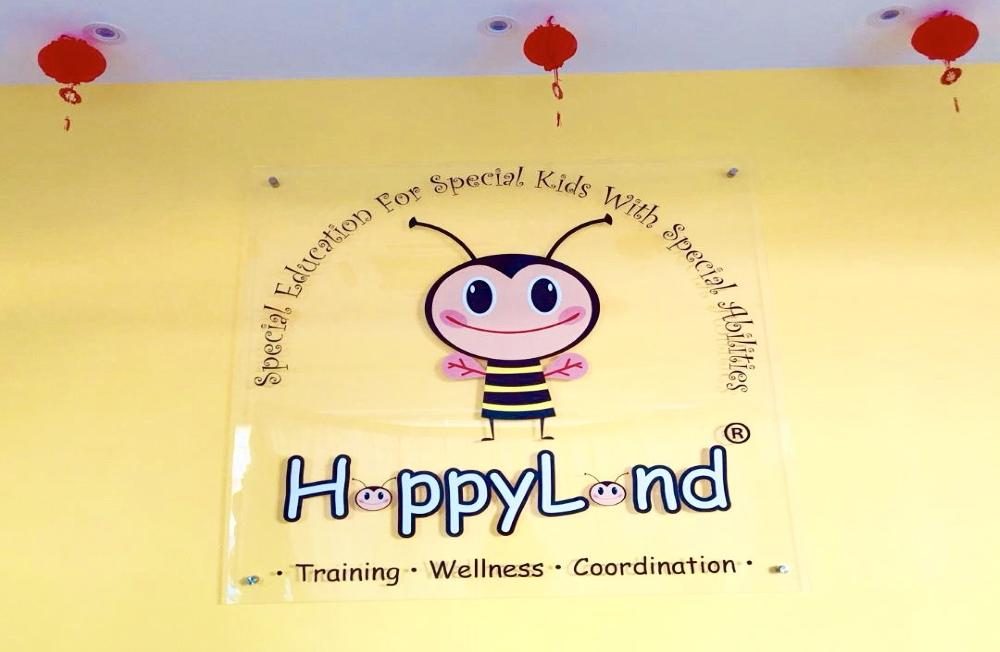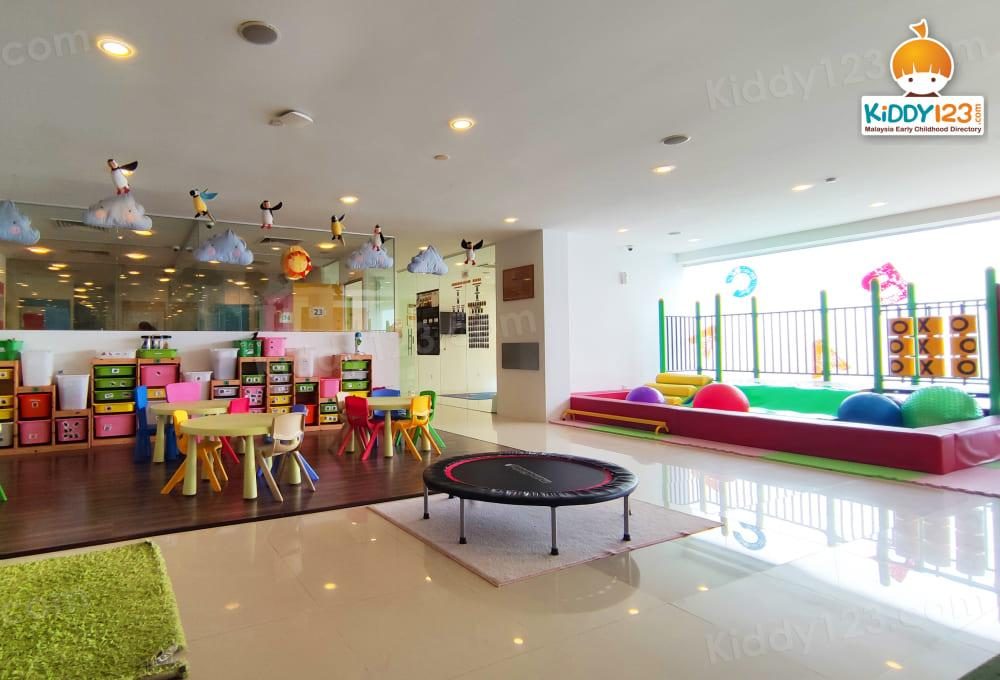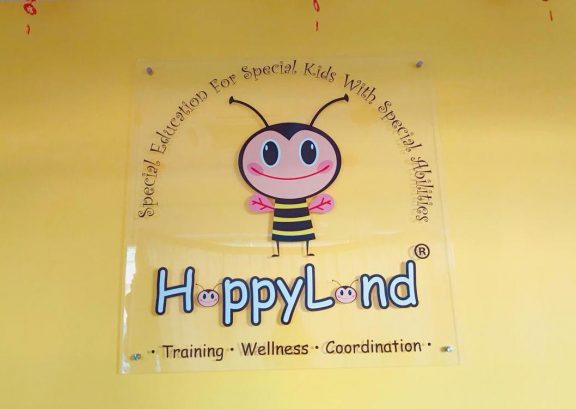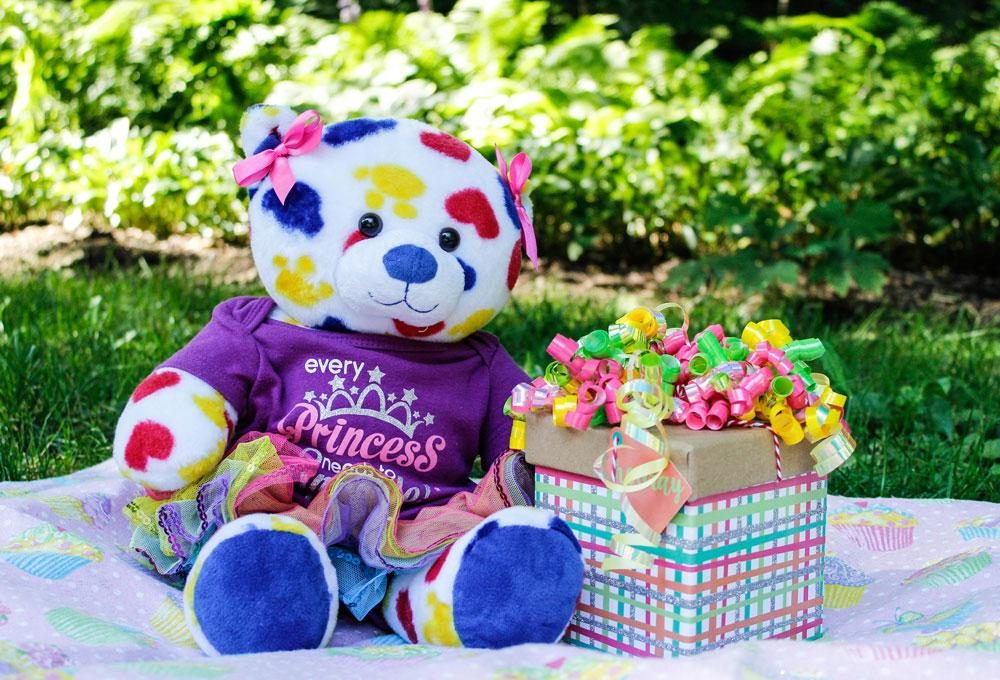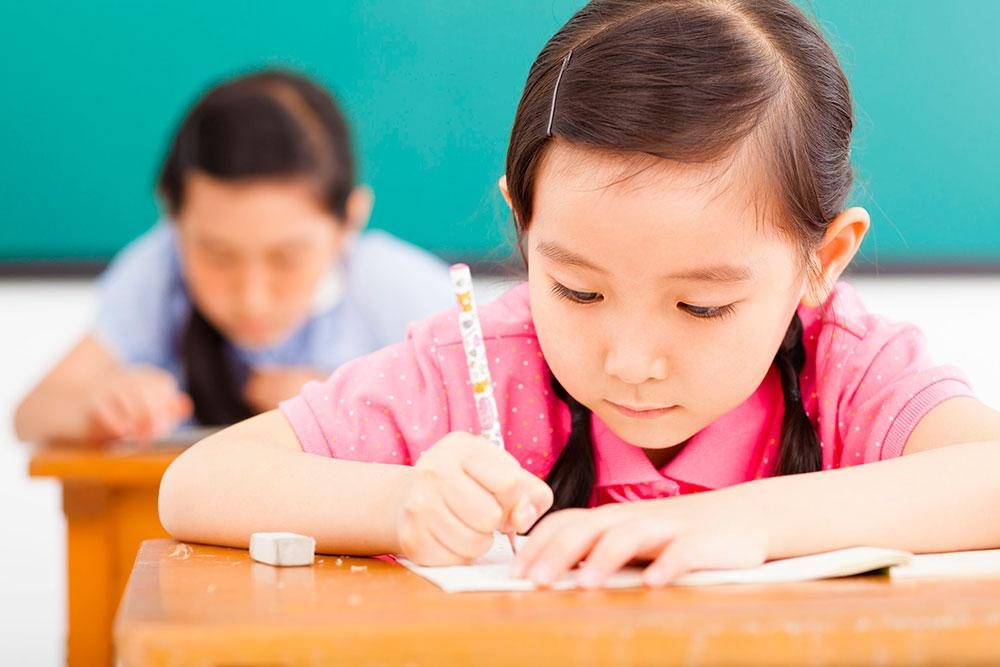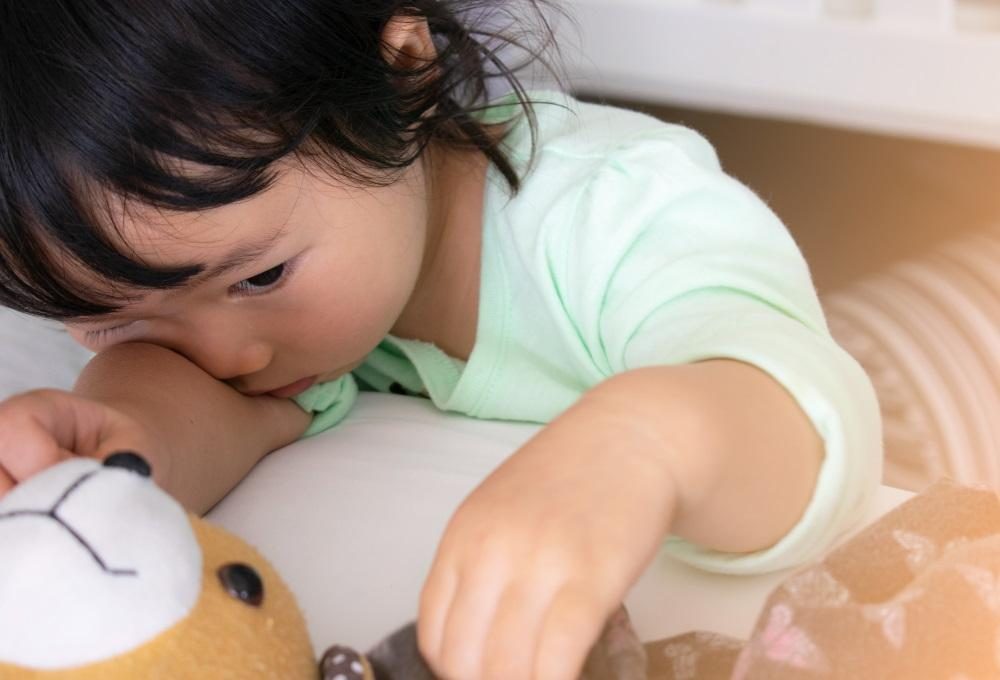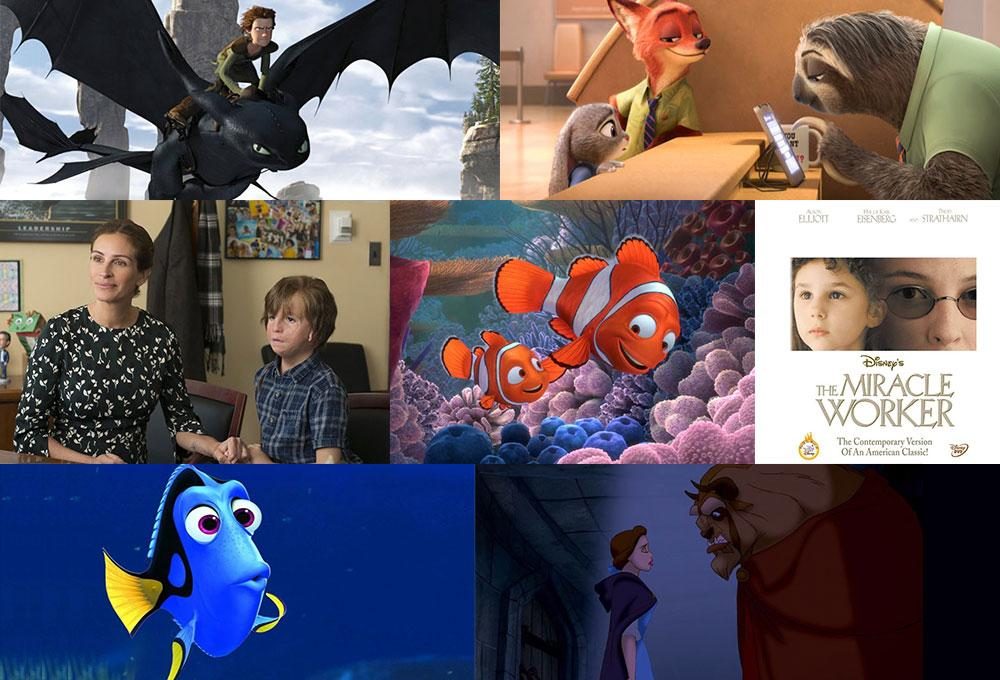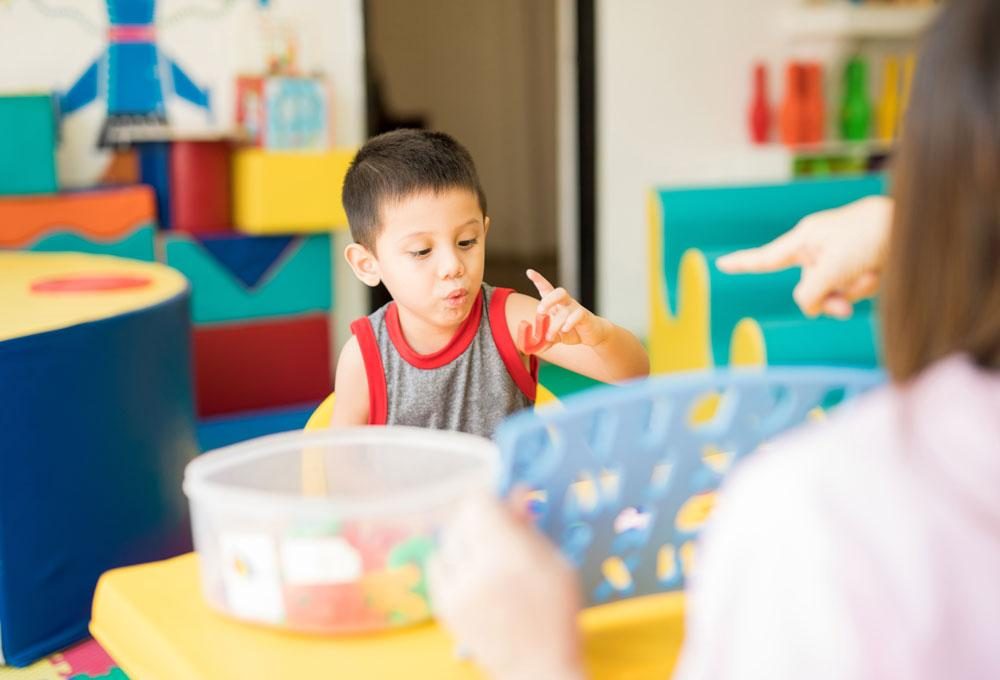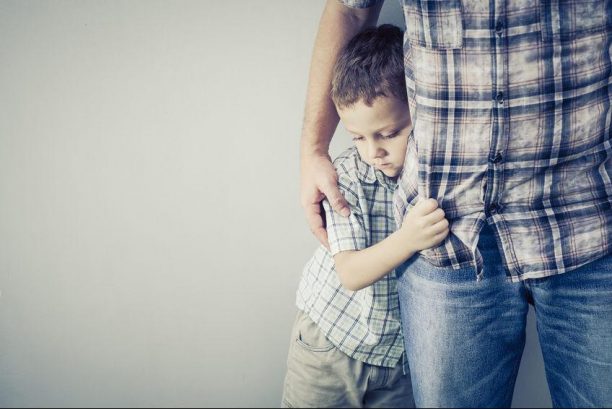Using Psychology to Shape Behaviour: Punish, Reward or Remove?
by on 05/07/2025 ...

It’s 8pm and your son has school tomorrow. In your hand are colouring worksheets—his homework, that he refuses to do. You call his name and ask him to colour, he ignores you. You keep trying, but it’s useless. He sits motionlessly on the sofa, transfixed by Paw Patrol on the TV.
Your frustration is starting to show.
Gah. Parenting is hard work. But fret not, behavioural challenges can be overcome. It doesn’t matter if kids are typically developing or have special needs; psychology offers ways to shape our child’s habits. Behavioural psychology, in particular, is frequently employed in special needs education.
Operant Conditioning
In the early 1900s, a psychologist named B.F. Skinner studied rats and how their actions change when a response (like food pellets or a mild electric current) is introduced. From this emerged the concept of Operant Conditioning.
Operant conditioning suggests that a particular behaviour can be strengthened or decreased based upon what happens after the behaviour takes place. And guess what? It applies to humans too.
Let’s explore the 2 major responses that shape behaviour:
1) Reinforcement
Reinforcement strengthens a behaviour. There are two types of reinforcements—positive and negative. These two terms don’t actually mean ‘good’ or ‘bad’. They are just words to express the presence or ‘taking away’ of something.
Let’s use the scenario we introduced at the beginning, where your son refuses to do his homework.
What do you do?
|
a) Using Positive Reinforcement |
|---|
|
You could try using Paw Patrol (or anything your child likes) as a reward. Say to your child, “If you finish your colouring, you can watch 10 minutes of Paw Patrol.” Then you actually have to let your child watch Paw Patrol, as you promised. As time goes by, parents can make it harder to earn a reward. Another thing you could do is offer lots of praise to your child for doing homework. “Great job, Aidan! That was a very responsible thing to do,” you could express if you see your son getting on with his colouring without prompts. Throw in a high five. Children love praise and encouragement. |

|
b) Using Negative Reinforcement |
|---|
|
This method involves taking away something your child doesn’t like, if he does his homework. For example, you could create a rule: if he doesn’t do his homework, he will have to give you 20 cents from his allowance. To avoid the aversive stimulus (that is giving away his money), your child would probably choose to do homework instead. |
2) Punishment

Punishment has the opposite effect of reinforcement. It Is meant to weaken a behaviour. But like reinforcement, it is divided into ‘negative’ and ‘positive’. Let’s try a different illustration:
Your daughter pinches you hard when you try to wash her hair. She does this all the time and it gets so unrelenting that you often stop trying.
So how can punishment be used to lessen (and eventually rid of) this habit of hers?
|
a) Using Positive Punishment |
|---|
|
You could impose ‘time out’. If she pinches you, tell her she has to sit alone in a corner and not do anything for 5 minutes. This is of course dependent on whether your child finds ‘time out’ undesirable. If your child actually enjoys sitting alone in a corner, this probably won’t work. |

|
b) Using Negative Punishment |
|---|
|
Negative punishment means removing something your child enjoys. But wait, how is this different from positive reinforcement, where your child doesn’t get to watch Paw Patrol without first completing homework? Remember, here you want to lessen the occurrence of a negative behaviour (that is the pinching). In reinforcement, you wanted to increase a desirable behaviour. Negative punishment would result in something like lessening the amount of time your daughter usually gets to play with her favourite toy, if she pinches you. |
Something to Ponder
This article is only a brief introduction to techniques under behavioural psychology—also known as Behaviourism. There are other learning theories that offer different perspectives and methods.
Of the methods mentioned, positive reinforcement is seen as the most effective one. Punishment, on the other hand, is considered problematic by some as it does not tell the child what to do. It only focuses on what not to do. Moreover, it can cause resentment and fear in a child.
As with most teaching approaches, not all methods work the same with all kids. Try to understand your child and speak to a teacher or therapist if you need help.
Contact: Autism Behavioral Center (ABC), Bangsar, Kuala Lumpur















